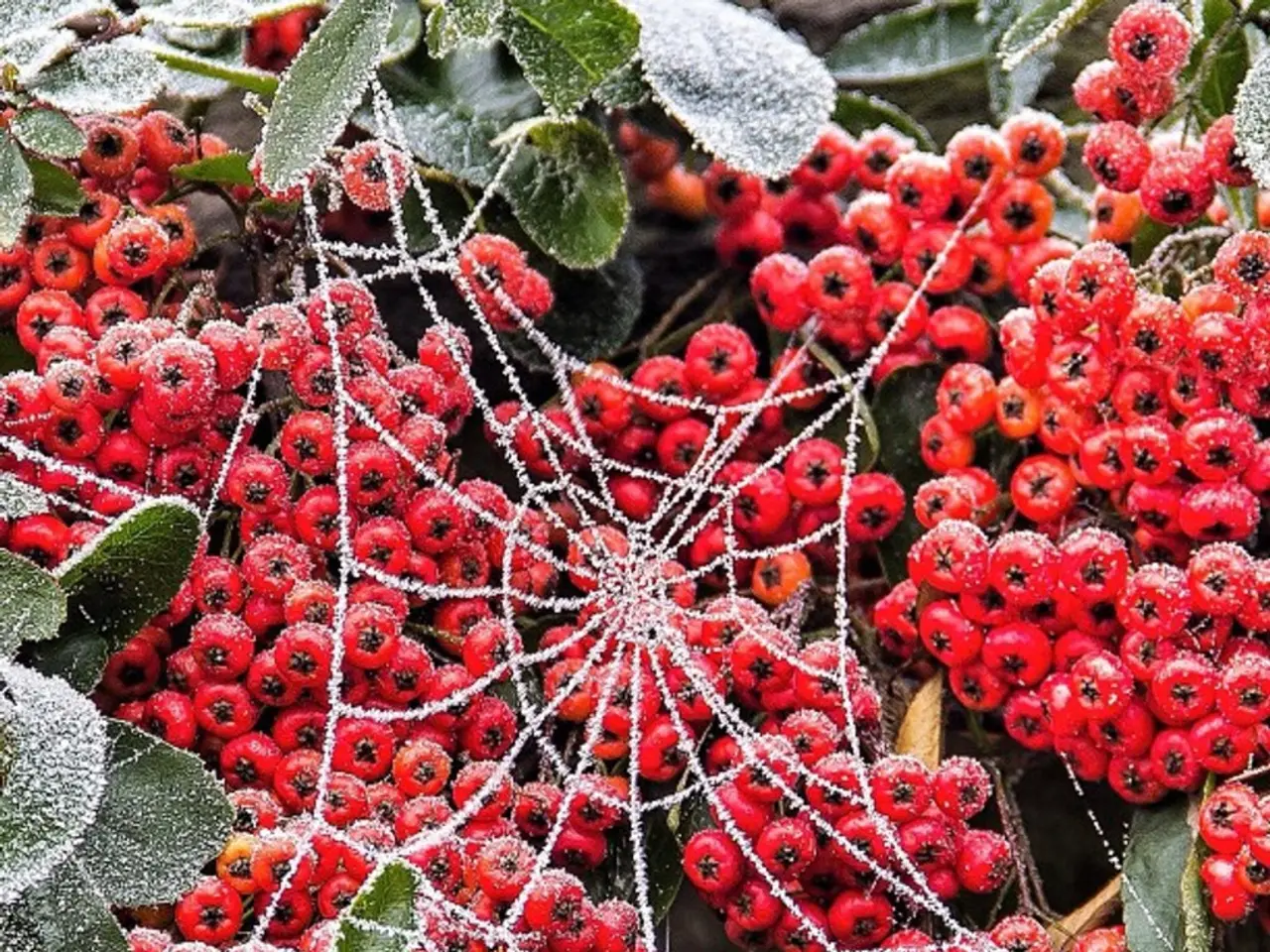Examining Marine Ecosystems: Societies Influenced by Tides
New Zealand's tidal communities, teeming with life and interconnected relationships, are the focus of the interactive educational resource, "Building Science Concepts (BSC) Series" by the New Zealand Ministry of Education. This resource delves into the intricate science concepts of food webs, interdependence, and change within Aotearoa New Zealand's tidal communities.
The food webs in these zones are structured by complex interactions among species across trophic levels, influenced by both biotic and abiotic factors. Typical food webs include primary producers like algae and phytoplankton, which support herbivorous grazers and filter feeders such as mussels and barnacles. These, in turn, are preyed upon by various predators including crustaceans, fish, and shorebirds.
Changes in these ecosystems can have significant impacts. Environmental factors, such as wind-driven upwelling, cause spatial variability in the recruitment and abundance of key species, thereby affecting community structure and food web interactions. Human activities, like the establishment of Marine Protected Areas (MPAs) and the introduction of competing species, also play a role in shaping these ecosystems.
Human impact on beaches, for instance, can lead to negative consequences. Storms can result in debris from sawmilling operations being washed into streams and rivers, smothering beaches with bark and offcuts. Vehicles driven on beaches can crush shellfish and damage sand dune habitats, while overharvesting of shellfish can lead to decreased populations.
In rural areas, nutrients from fertilisers and animal wastes can pollute waterways, leading to the death of animal life in estuaries due to low oxygen levels. Deforestation of hillsides can cause soil erosion, clog rivers, and silt up estuaries and mudflats.
The concept of kaitiakitanga, a traditional Māori approach to environmental stewardship, is crucial in minimizing human impact on beaches and tidal communities. This can be taught from a te ao Māori perspective using tools like the mauriOmeter and activities like Estuaries - a Māori perspective.
The resource, a partial replication of "Building Science Concepts Book 22 Tidal Communities: Interdependence and the Effects of Change", covers the science notes provided in the original BSC book and builds on information from "Life between the tides". It also highlights the plight of endangered native plants like Pīngao, threatened by the introduction of marram grass.
Detrital food webs, involving decomposers such as fungi, bacteria, and animals like mud worms and sandhoppers, form an essential part of these ecosystems. However, changes in these food webs, whether due to environmental factors, human activities, or the introduction of competing species, can have far-reaching effects on the entire ecosystem.
In summary, New Zealand's tidal communities are dynamic, interconnected systems influenced by both environmental conditions and species interactions. Understanding and preserving these ecosystems is crucial for maintaining biodiversity and ecosystem resilience.
- In the educational resource, "Building Science Concepts (BSC) Series," students can delve deeper into environmental-science, learning about the intricate relationships within New Zealand's tidal communities, including the complex food webs and their dependence on biotic and abiotic factors.
- To foster an understanding of education-and-self-development, particularly in the area of environmental science, the resource incorporates the teaching of kaitiakitanga, the traditional Māori approach to environmental stewardship, using tools like the mauriOmeter and activities like Estuaries - a Māori perspective.




